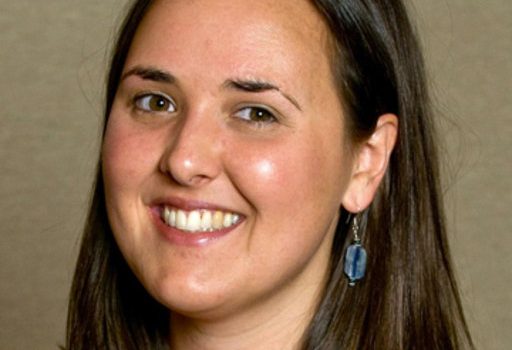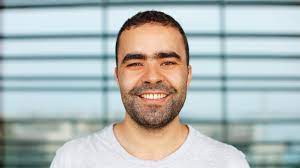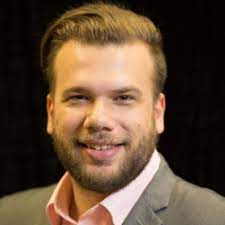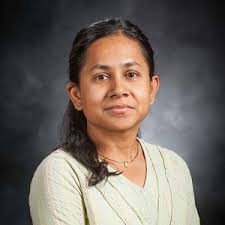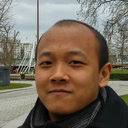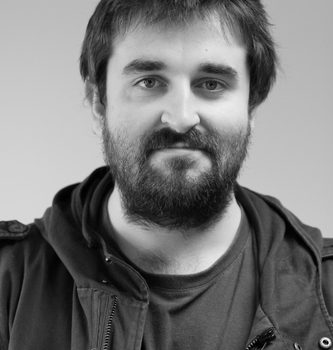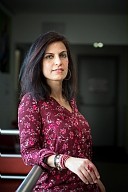
Title: Software Defined Approaches for Non-Conventional Wireless Communication Paradigms
Date and Place: November 25th 14h00, room TBA (CITI Lab, INSA-Lyon, Batiment Claude Chappe), 6 avenue des arts, 69621 Villeurbanne
Speaker: Dr. Valeria Loscri (Inria)
Abstract:
The increasing demand of high data rate, bandwidth, low latency in wireless communication systems, imposes the urgence to investigate on new communication paradigms.
New communication technologies should be integrated in communication systems to make them as much flexible as possible and capable to dynamically reacting to external conditions based on the status of each node. Based on these considerations, in this talk two main concepts will be discussed: 1) wireless systems based on Software Defined (SD) approaches and 2) non-conventional communication paradigms. The synergic combination of these two concepts seems to have a great potential for responding to the demand of new communication services. The non-conventional wireless communication paradigms as Visible Light Communication (VLC) and the integration of Reconfigurable Intelligent (Meta)Surface in the wireless systems, allow to extend the range of wireless systems and to meet the urgence of Sustainable ICT. The SD approach may provide a sufficient degree of flexibility and adaptivity for making the coexistence of non-conventional wireless solutions with the traditional wireless approaches very smooth.
Biography:
Valeria Loscri is a permanent research scientist at Inria Lille – Nord Europe since October 2013. From December 2006 to September 2013, she was research fellow in the TITAN Lab at the University of Calabria, Italy. She received her M.Sc. and Ph.D degrees in computer science in 2003 and 2007, respectively, from the University of Calabria and her HDR (Habilitation à diriger des recherches) in 2018 from the Université de Lille (France). Her prominent research interests focus on emerging technologies for new communication paradigms such as Visible Light Communication (VLC), reconfigurable Intelligent (Meta)Surfaces (RIM) based systems and cyber security in wireless communication systems. She has been involved in several European Projects (H2020 CyberSANE, FP7 EU VITAL) and national projects. She is on the editorial board of IEEE COMST, Elsevier ComNet, ComCom, JNCA, IEEE Transaction on NanoBioscience. Since 2019, she is Scientific International Delegate for Inria Lille – Nord Europe.


